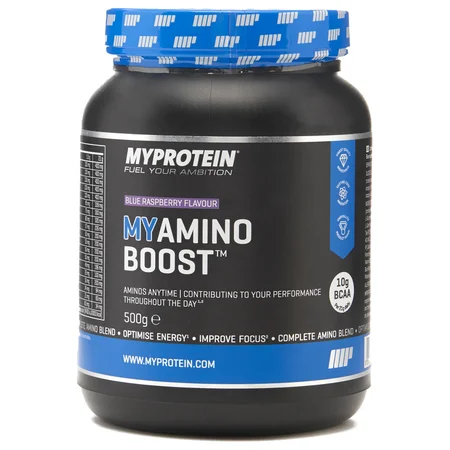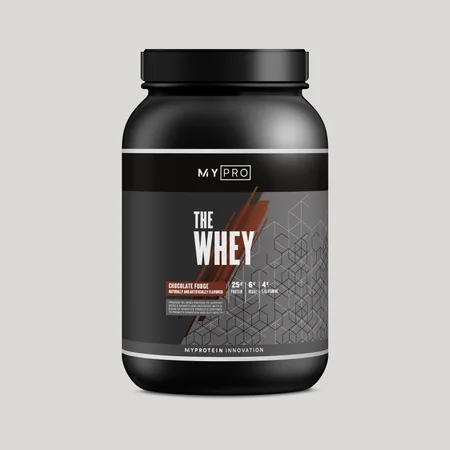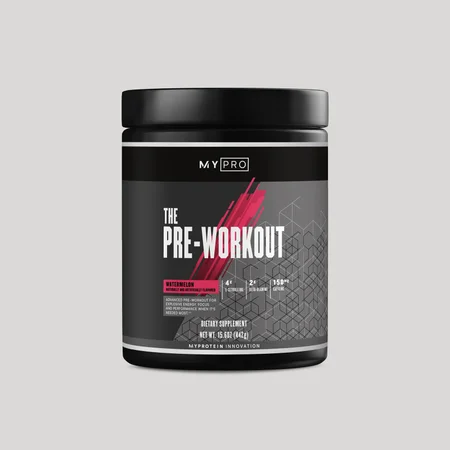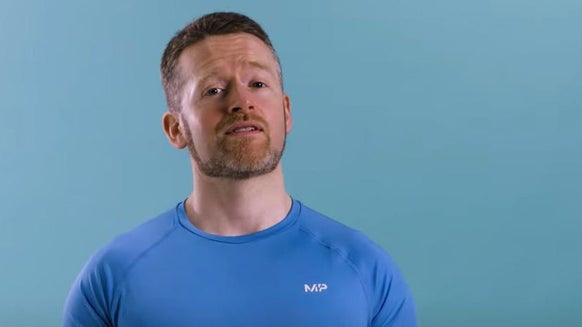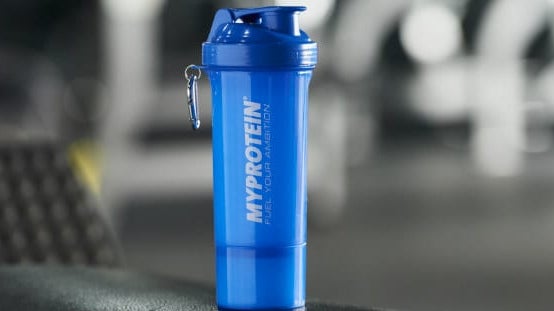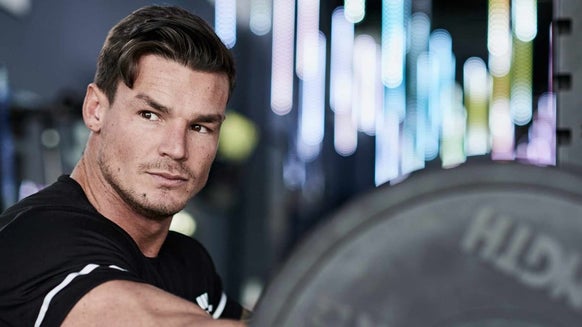
When we think of lifting weights to build muscle, very rarely do we ever think about the science behind it all.
Although to many we simply know that when we lift weights to perform an action or specific movement, we break down muscle fibers which then grow to become larger when they fully heal. However, we actually know a lot more about how this process really works.
Muscle contractions can be broken down and separated into 3 major movements or types: Isometric, Concentric and Eccentric. Since not all contractions are alike, knowing how each contraction works can play a large role in muscular development.
What is an eccentric contraction?
The first contraction would be the eccentric contraction. The reason I discuss this one first is due to eccentric contractions being the strongest type that our body can perform. Eccentric contractions can strengthen your muscle fibers over the entire exercise or Range of Motion (ROM).
This is the largest factor you will have in regards to creating a proper muscle contraction and stimulation in order to build size. Eccentric contractions also create the most metabolic stress on a muscle, which in turn results in the release of more hormones such as growth hormones, in order to stimulate the body for protein synthesis. This simply means your body will use more protein for growth and repair in order to grow.
What is a concentric contraction?
The next contraction would be the concentric movements. Just like eccentric, concentric will also focus on a muscle over the entire range of motion. However, instead of helping with building mass and size, concentric contractions will help play a role in regards to the strength of the muscle.
By improving the strength of the fibers, not only does it enable us to lift heavier loads, but it also allows for us to run faster, swim faster, throw further, etc. However, since these fibers require less range of motion or movement in regards to eccentric contractions, it will result in a lower DOMS.
What this means is that you will have to train for a longer duration of time in order to reach muscle fatigue, which if you are someone wanting to build as much muscle mass as possible, will make the process a bit more difficult. Although concentric movements are beneficial towards everyone, if you are a bodybuilder its best not to focus a workout routine comprised of concentric exercises.
What is an isometric contraction?
The third and last form of contractions is the Isometric Contractions. Isometric can have less muscle stimulation when compared to concentric and eccentric, however, the advantage of Isometric contractions is that they are fairly easy to achieve in an exercise.
An isometric contraction is when we are able to apply a force to a muscle group without changing the shape or size of that muscle at the same time. So while in a concentric and eccentric contraction you will either lengthen or shorten a muscle group, in isometric the muscle group will neither lengthen nor shorten. Instead, the muscle will become stimulated during a hold in which a force is generated without involving the shape of the muscle to change, such as when you perform a plan.
The advantage of Isometric contractions is that you can perform them with about every exercise. Simply perform an exercise or set as you normally would, and when in the fully contracted position, flex and squeeze that muscle for as hard as you can for about 10 seconds or longer. What this will do is cause the tissue to fill with blood and create a greater metabolic stress on that targeted muscle.
Although each type of contraction is different than one another, they each offer a benefit or advantage to any and all athletes looking to build muscle mass. Eccentric is great for building strength, concentric will help with performance and speed, and isometrics will help with improving every other aspect in regards to physical endurance of the body.
Switch up your routines with many kinds of different exercises to help target the body in new ways. Don’t exercise and lift weights just to perform an exercise, instead, exercise with the intent to create a stimulation to the targeted muscle region in order to create metabolic stress on the fibers to help promote muscle growth in that region.

Alice Pearson is a UKVRN Registered Associate Nutritionist and UK Anti‐Doping accredited advisor, having obtained a Bachelor’s of Science in Nutrition and a Master’s of Science in Sport Nutrition. She has a specialist interest in the use of sports supplements for improving health, fitness, and sport performance. Alice has experience working with both amateur and elite athletes, including providing nutritional support to Tranmere Rovers FC and Newcastle Falcons Rugby Club. Her nutritional guidance is always supported by evidence‐based research, which she keeps up to date through continuing professional development and independent learning. In her spare time, Alice loves travelling, hitting the gym, and getting stuck into a good book. Find out more about Alice's story here.
